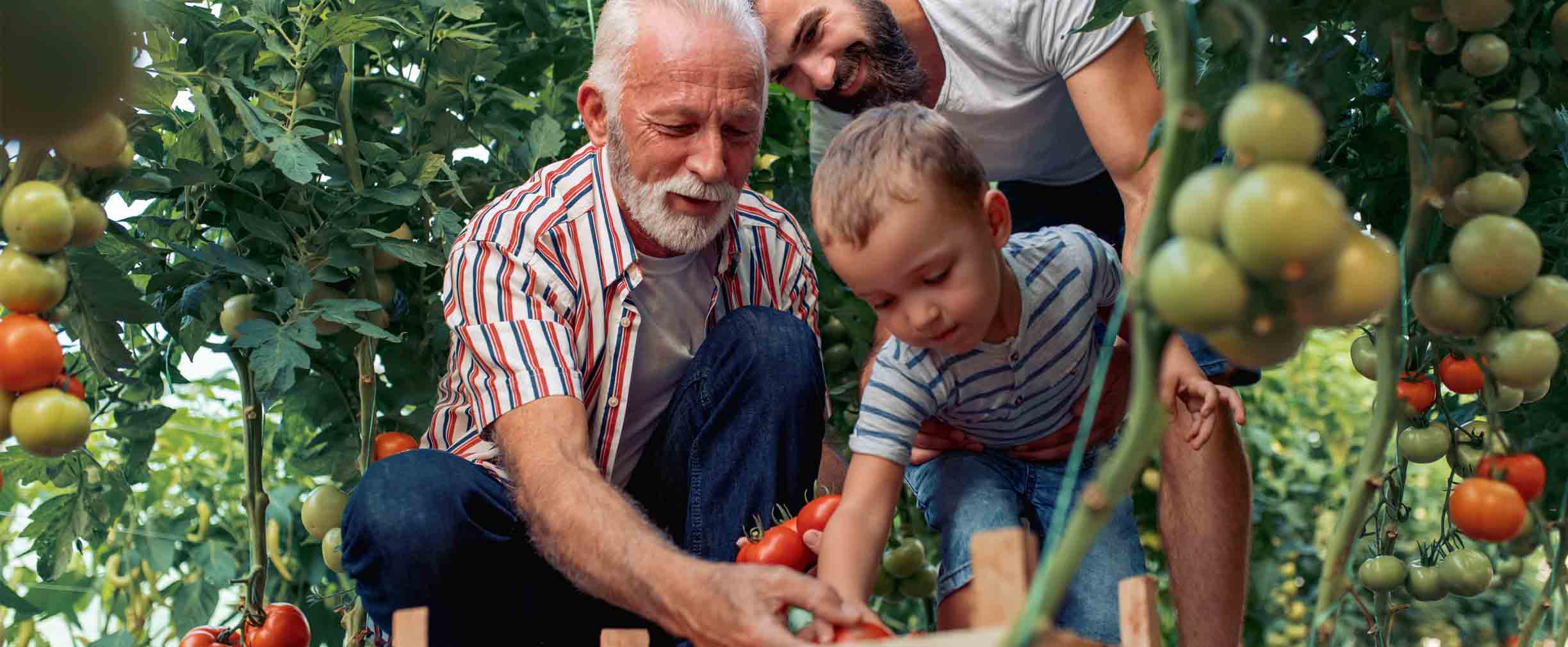As a farmer, your balance sheet is constantly in flux. Consider these tips to better manage risk.
Farmers know prices fluctuate, meaning profitability can be contingent on keeping costs low. While you can’t totally control your costs, there are several ways you can manage volatility and protect your margins.
Understand Your Costs
Many farmers don’t know their total input costs for a given product. For instance, how much do you spend to produce a bushel of corn? To calculate, you must factor in costs for fertilizer, seed and labor as well as any debt service, equipment and land.
From there, see how your costs compare to industry averages as published by the U.S. Department of Agriculture. Your banker can help you analyze the data to assess if the prices you’re paying are fair. Then, you can plan your expenditures strategically.
Buy Strategically
Fuel tends to be one of the most significant costs on a farm. If you simply buy fuel as needed, you could lose money. “That exposes you to whatever the market price is at the time you purchase,” says Jay Culver, Managing Director, Rates and Commodity Risk Management for Regions Bank. “If you know you’re going to be buying a certain number of gallons for the planting season, and you like where prices are, you could buy in bulk and lock in that favorable price.”
Before you do this, consider the costs associated with storing the fuel. You may need to buy storage tanks and “if prices drop after you get the shipment, you don’t get the benefit of that,” Culver says. You can also consider informal cooperatives with neighboring farmers to increase your buying power.Farmers who consume a large amount of fuel might also consider futures—contracts that allow you to lock in specific prices. With its experience and expertise in the over-the-counter futures markets, Regions can offer clients access to more flexible terms and fewer margin requirements.
Investigate Alternatives
Consider different brands or generic supplies. Since diversification comes with trade-offs, see if these would save you money. A cheaper brand of seed, for example, might require more fertilizer or pesticides, which could offset any savings. And if cutting costs affects your final product, you may not save money. However, if the cheaper seed yields a similar product, it may boost profitability.
Keep an Eye on Output
When you don’t know how much you’ll sell your products for, it can be hard to analyze costs. Talk to your banker about strategies to determine a price for your goods ahead of time. This type of hedging means you may miss out if the market for your goods improves, but you will also protect yourself if the price drops. Either way, you’re able to plan with more certainty, and you’ll have the information you need to improve your margins and profitability.











